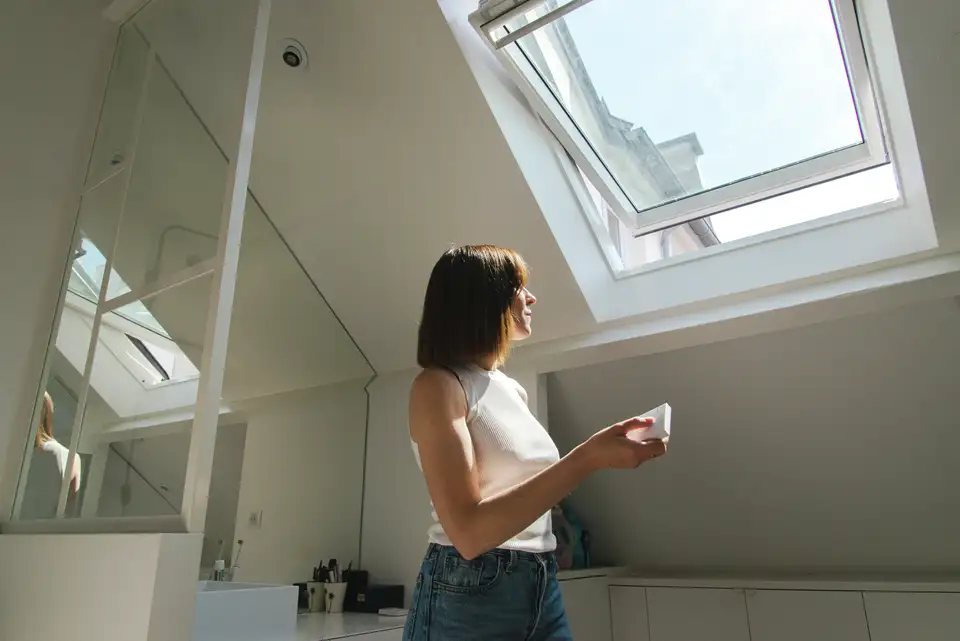Looking to upgrade your home while reducing energy expenses? Installing energy-efficient windows is one of the smartest investments you can make. Not only do they improve comfort and reduce drafts, but they also boost curb appeal and can significantly lower utility bills. In this ultimate guide, we’ll walk you through everything you need to know about selecting, installing, and maximizing the benefits of energy-efficient windows for a more sustainable and stylish home.
Understanding the Advantages of Energy-Efficient Windows
Save Money and the Planet: A Win-Win Situation
In an era where environmental awareness is paramount, opting for energy-efficient windows is at the forefront of both ecological responsibility and personal finance. These windows are designed to minimize energy use by reducing heat loss during colder months and limiting heat gain during hotter months. This directly translates into lower utility bills, providing substantial savings over time. Additionally, they help reduce greenhouse gas emissions, contributing to the fight against climate change. By choosing energy-efficient windows, you’re not just investing in your home—you’re contributing to a larger movement toward sustainability.
Consider this: a large portion of your home’s energy consumption is due to heating and cooling. Poorly insulated homes can lose nearly one-third of their energy through windows alone. Installing energy-efficient windows immediately mitigates these losses, allowing homeowners to see quick improvements in monthly bills. Federal tax breaks, rebates, and utility discounts for upgrading to energy-efficient windows make the decision even more financially rewarding. Clearly, installing these windows is a win-win for saving money and protecting the planet.
The Science Behind Insulation: How Windows Affect a Home’s Performance
The effectiveness of energy-efficient windows comes from their advanced insulating properties, achieved through technologies like double or triple glazing and specialized coatings. Understanding the science behind these technologies is essential for homeowners aiming to optimize efficiency.
Double-glazed windows use two panes of glass separated by inert gases like argon or krypton, which significantly reduce heat transfer. Triple-glazed windows add a third pane, creating two insulating air pockets for even greater thermal efficiency and noise reduction—particularly valuable in busy urban areas.
Additionally, low-emissivity (low-E) coatings reflect infrared heat while allowing visible light to pass through, balancing natural light with energy conservation. Together, these features ensure that energy-efficient windows deliver superior performance and comfort year-round.
Boosting Your Home’s Resale Value
The Long-Term Financial Returns of Energy-Efficient Windows
Investing in energy-efficient windows can significantly increase your home’s resale value while reducing monthly utility costs. Appraisers and prospective buyers are increasingly prioritizing sustainability features. Homes with upgraded windows often sell faster and at higher values compared to those without them.
Buyers today actively research energy performance, often requesting documentation of upgrades or energy audits. Highlighting energy-efficient windows demonstrates a commitment to affordable living, style, and environmental responsibility. As awareness of climate change grows, the financial importance of energy efficiency in real estate will only continue to rise. Your investment in new windows is both practical and profitable.
Choosing Energy-Efficient Windows
Double vs. Triple Glazing
One of the biggest decisions when selecting energy-efficient windows is whether to choose double- or triple-pane glass. Double-glazed windows are the most common, offering strong insulation at a reasonable price—especially in moderate climates.
Triple-glazed windows, however, are ideal for colder regions where temperature extremes demand superior insulation. Though they come with higher upfront costs, their long-term energy savings and durability often justify the investment.
Window Frame Materials: Options That Influence Performance
The choice of frame material also plays a key role in performance and durability.
- Wood: Excellent insulation and natural beauty but requires regular maintenance.
- Vinyl: Affordable, low-maintenance, and UV-resistant, though with fewer aesthetic options.
- Fiberglass: Extremely durable and energy-efficient, ideal for harsh climates.
- Aluminum: Sleek and modern but less insulating—though thermal breaks can improve performance.
Selecting the right frame ensures your windows achieve their full energy-saving potential.
Understanding Energy Ratings
When comparing energy-efficient windows, it’s crucial to understand their ratings:
- U-Factor: Measures heat loss; lower values mean better insulation.
- Solar Heat Gain Coefficient (SHGC): Indicates how much solar heat enters; lower values are better for hot climates.
- Visible Transmittance (VT): Measures natural light allowed through the glass; higher values maximize daylight.
Knowing these ratings helps you make informed decisions that balance efficiency, comfort, and aesthetics.
Installation Insights: Ensuring Maximum Efficiency
DIY or Professional Installation?
Homeowners may consider DIY installation to save money, but improper installation can lead to leaks, drafts, and lost energy efficiency. Professional installers ensure precise measurements, proper sealing, and compliance with building codes. While it costs more upfront, professional installation often protects your investment in the long run.
Common Mistakes to Avoid
- Incorrect measurements leading to poor fitting
- Neglecting proper sealing and flashing, causing leaks
- Failing to insulate around frames, reducing efficiency
- Ignoring ventilation, which can cause condensation and mold
Avoiding these errors ensures your new windows perform at their peak.
Sealing and Ventilation for Maximum Performance
Proper sealing prevents heat loss and drafts, while adequate insulation around frames improves efficiency. Ventilation is also critical; without it, humidity can build up, leading to condensation or mold. Operational windows or ventilation systems help maintain air quality and comfort.
Maintaining Window Performance Over Time
Cleaning for Sparkle and Efficiency
Regular cleaning keeps energy-efficient windows performing at their best. Dirt can block coatings and reduce effectiveness. Use mild detergent or diluted vinegar for cleaning, and avoid harsh chemicals that may damage seals or frames. Don’t forget to clean tracks and screens to ensure smooth operation.
Seasonal Maintenance
- Winter: Check for leaks and seal drafts.
- Spring: Clear away debris and inspect for condensation.
- Summer: Clean thoroughly to maintain UV protection.
Regular seasonal checks ensure your windows perform optimally year-round.
Spotting and Addressing Issues Early
Be alert for condensation between panes, drafts, warping, or difficulty opening windows. These issues can signal problems with seals, insulation, or installation. Addressing them promptly helps preserve efficiency, avoid costly repairs, and extend the lifespan of your windows.
